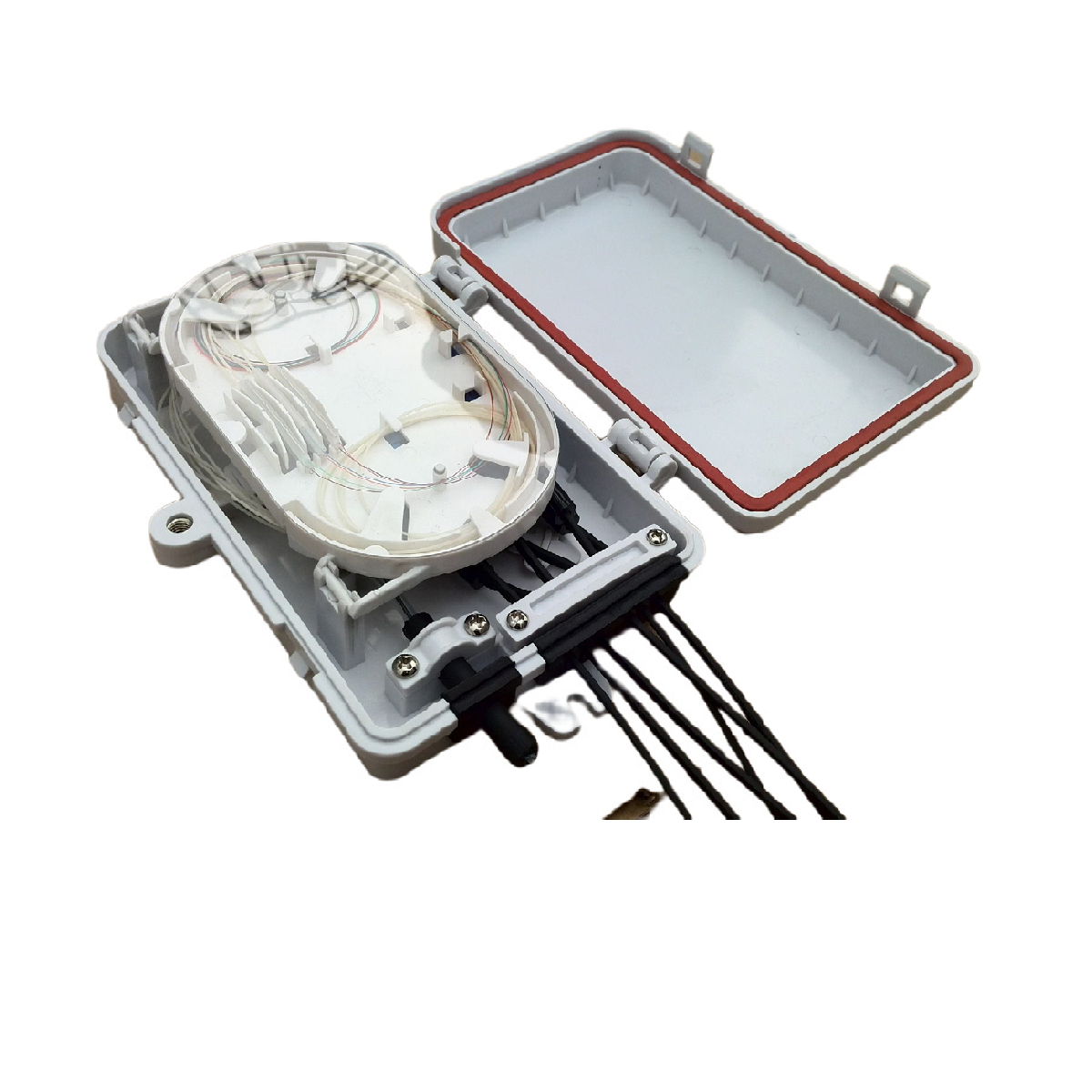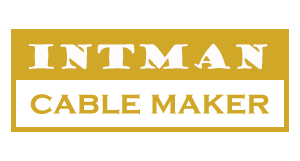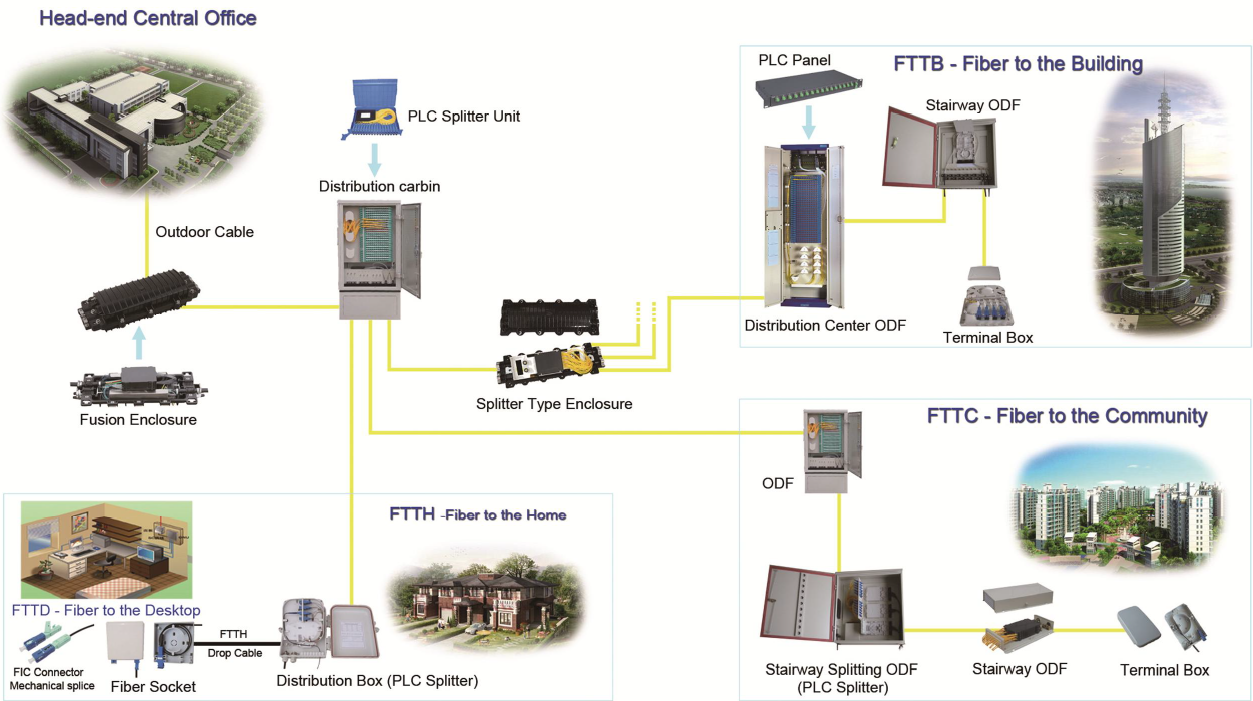by intman cable
Share
by intman cable
Share

FTTH (Fiber-to-the-Home) and FTTX (Fiber-to-the-X) solutions are technologies and systems . It that use fiber optic cables to provide high-speed internet, television, and telephone services directly to homes and businesses.
FTTH/FTTX solutions often used as a replacement for traditional copper-based transmission solutions. Such as DSL and cable modems, which have limited bandwidth capacity and can suffer from signal degradation over long distances.
FTTH/FTTX solutions use fiber optic cables to transmit data, which provides several advantages over traditional transmission solutions, including higher bandwidth capacity, longer transmission distances, and greater reliability. These solutions typically consist of several components, including:
Optical Line Terminal (OLT): This is the equipment that connects the fiber optic cable to the internet service provider’s (ISP) network. The OLT aggregates and manages data traffic from multiple customers and sends it to the ISP’s network.
Optical Network Unit (ONU): The ONU is the device that connects the customer’s home or business to the fiber optic network. The ONU converts the optical signal back into an electrical signal,it used by devices such as computers, televisions, and phones.
Fiber Optic Cable: This is the physical medium that carries the data signal between the OLT and ONU. Fiber optic cables are designed to transmit data over long distances without signal degradation, which makes them ideal for FTTH/FTTX solutions.
Splitters: These devices are used to divide the fiber optic signal into multiple signals, also allowing multiple customers to be connected to a single OLT.
FTTH is a type of FTTX solution that connects homes and businesses directly to the internet through fiber optic cables. This solution provides high-speed internet access. Making it possible to download and upload data at speeds of up to 1 Gbps or more. FTTH is the most advanced and fastest broadband internet solution available.FTTX, on the other hand, is a broader term that includes all types of fiber optic solutions that deliver broadband services to the end-users, such as FTTP (Fiber-to-the-Premises), FTTB (Fiber-to-the-Building), and FTTC (Fiber-to-the-Curb). These solutions deliver fiber optic cables to various points in the network, such as buildings or street cabinets, and then use other technologies such as copper wires or coaxial cables to deliver the internet connection to the end-users.
FTTH/FTTX solutions offer several advantages over traditional copper wire-based broadband solutions, including higher speeds, lower latency, and greater reliability. They are also more future-proof, as they can support higher bandwidth requirements as technology advances.However, the deployment of FTTH/FTTX solutions can be costly and time-consuming, as it requires the installation of new fiber optic infrastructure. Nonetheless, as the demand for high-speed broadband continues to increase, more and more service providers are investing in these solutions to meet the needs of their customers.
FTTH/FTTX solutions can provide significant benefits to both customers and ISPs. Customers can enjoy faster internet speeds, better television quality, and more reliable telephone service. ISPs can benefit from reduced maintenance costs, increased network capacity, and improved customer satisfaction.
Overall, FTTH/FTTX solutions are becoming increasingly popular as the demand for high-speed internet and other digital services continues to grow. They offer several advantages over traditional copper-based transmission solutions and are an essential component of modern communication networks.
STAY IN THE LOOP

